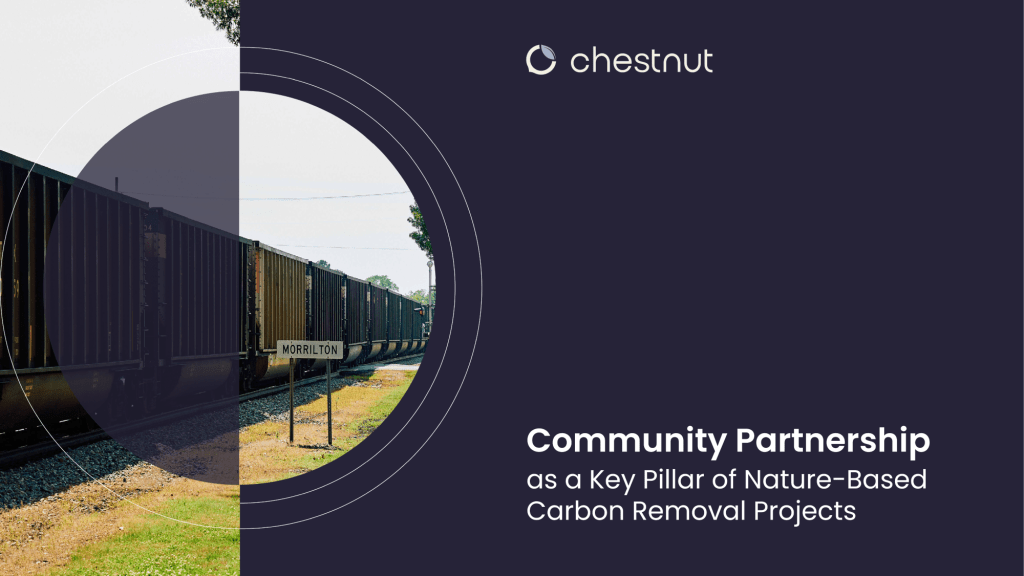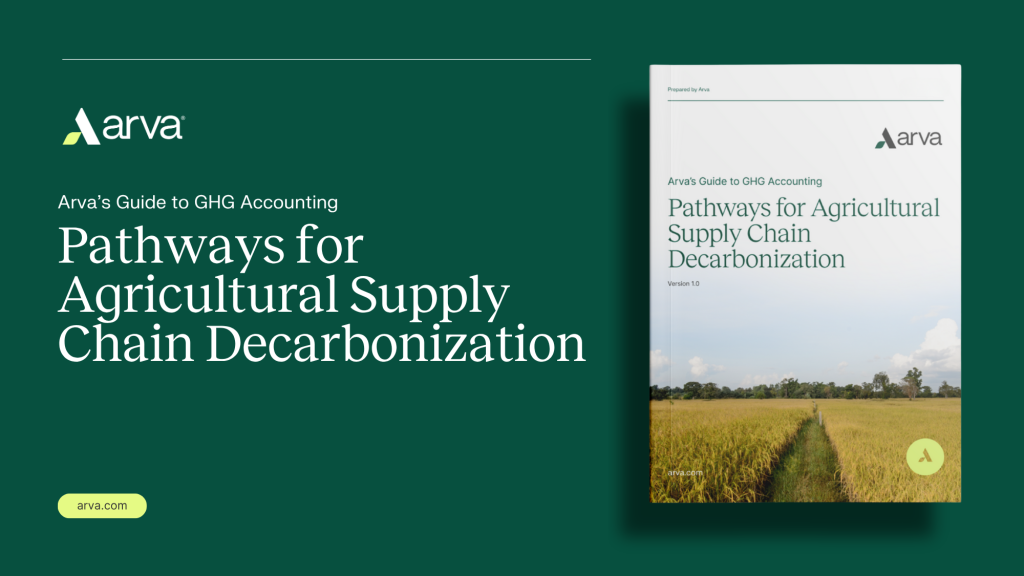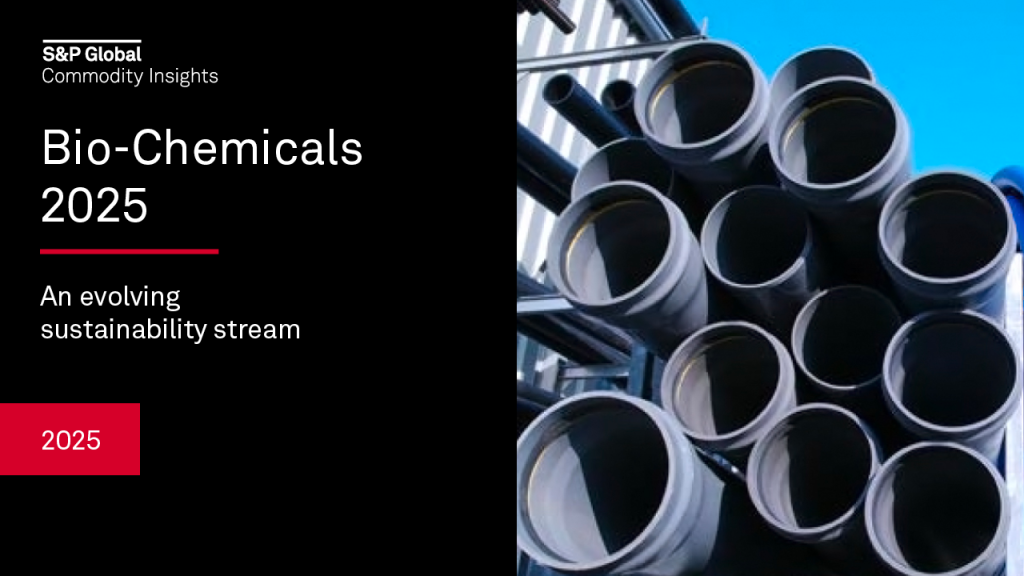Canandaigua Wine Company Compressed Air System Upgrade
In June 2004, Canandaigua Wine Company (CWC) completed an upgrade project on the compressed air system at its winery in Lodi, Calif. Before the project, the winery depended on two compressors to satisfy its production requirements. Anticipating an expansion of its production capacity, the winery commissioned a review of the compressed air system by a DOE Qualified AIRMaster+ Specialist at Atlas Copco Compressors, Inc. This review prompted a system-level improvement project that enabled the winery to employ its existing compressors more efficiently and to add a more efficient compressor than the company had originally planned.
Plant/Project Background
Established in 1945, CWC markets and sells 20 brands of wines and beverages. In March 2004, CWC became part of a new organization, Constellation Wines U.S., which is part of Constellation Brands. Within the new organization, CWC operates as an independent sales and marketing company. Before the project began, the Lodi facility was served by two 125-horsepower (hp) rotary screw compressors. Because an expansion of 6 million gallons per year (a 40% increase in output) was being planned, the existing compressed air system would have been unable to support the additional load. In a system audit, load patterns showed that the greatest amount of air that the process required was during the 3-month fall crush season. The existing compressors had to operate at full load during this season to support production. However, during the rest of the year, both units were operated at partial load, wasting energy.
The project to improve the compressed air system’s efficiency included a proactive leak repair campaign, additional storage, and a new controls package. Because the existing compressed air capacity was greater than the capacity needed during the 9-month off-crush period, plant personnel decided to implement a recommendation to install a 75-hp variable-speed compressor. This new compressor is versatile enough to satisfy plant demand during periods of low use, and it can also effectively supplement the two 125-hp compressors to provide enough air to satisfy plant demand during the crush season.
Results
The compressed air system project at CWC’s Lodi winery is yielding impressive results. Annual energy savings of 218,000 kilowatt-hours (kWh) and energy cost savings of $22,000 are projected, based on AIRMaster+ estimates and measurements of the system’s energy use. Because fewer compressors now have to operate at any one time, compressor run times have decreased. This decrease is projected to result in annual maintenance cost savings of approximately $5,000. Factoring in a $22,000 rebate from Pacific Gas & Electric, the company’s electric utility, total project costs will effectively be $33,000. With total projected annual cost savings of $27,000, the project will yield a simple payback of slightly more than 1.2 years.
Lessons Learned
When an industrial facility is retooled or about to undergo a production increase, its compressed air system should be reevaluated to determine whether the system is configured efficiently and whether additional compressors are necessary. Had the CWC plant simply added a fixed-speed 75-hp compressor, the system would have been less efficient because the new unit would have used a less efficient control strategy. Instead, plant personnel decided to install a variable-speed compressor that can adjust its output more closely to the system’s demand. The choice of this compressor was inspired by a system-level evaluation that provided the plant with a comprehensive strategy to improve the system’s efficiency. This resulted in significant annual savings for energy and maintenance while effectively supporting the production increase. Such an approach can be applied in a wide variety of industrial facilities that use compressed air.
Benefits
- Saves $27,000 annually in energy and maintenance costs
- Reduces annual energy consumption by 218,000 kWh
- Reduces maintenance requirements
- Achieves a 1.2-year simple payback









